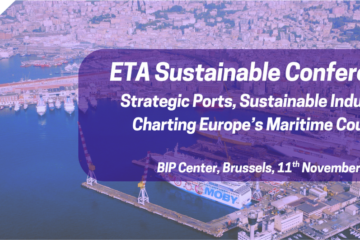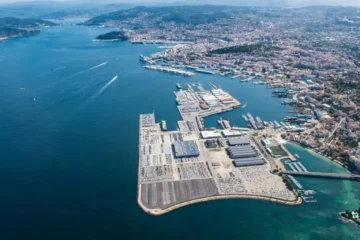The United Nations Conference on Trade and Development (UNCTAD) presented the 2018 edition of its review of Maritime Transport. The publication examines the current situation of the sector and the long-term prospects for seaborne trade.
The publication highlights the brighter times for shipping services in 2017, supported by the 2017 upswing in the global economy. Seaborne trade volumes expanded by 4%, the fastest growth in five years. In total numbers world maritime trade was estimated at 10.7 billion tons. Projections for the medium term point to continued expansion, with volumes growing at a 4% for 2018 and 3,8% annual growth rate of 3.2 between 2018 and 2023.
Concerning the world fleet capacity, it experienced an increase of 3.3%, up from 3.2% in 2016. This expansion in ship supply was surpassed by a faster growth in seaborne trade volumes, which has helped the sector to better manage the overcapacity problem. Moreover, the liner shipping industry continued its consolidation trend with new mergers, acquisitions and restructurings. This consolidation process is expected to continue.
During the current decade, the growth of world trade has expanded at a slower pace compared to the global GDP growth levels. This trend seems to have changed in 2017 as global trade expanded in a 4,7% fuelled by a stronger economic growth in Europe, China and East Asia. The Review identifies several threats to this positive tendency as the uncertainty linked to geopolitical, economic and trade policy risks such as trade tensions between China and the USA, the effects of Brexit and a rise of protectionist trends. “While the prospects for seaborne trade are positive, these are threatened by the outbreak of trade wars and increased inward-looking policies”, said UNCTAD Secretary-General Mukhisa Kituyi.
This aforementioned expansion in trade growth has also impacted the overall port industry. Port volumes increased in 2017 reflecting the positive trends, estimates indicate that volumes handled in the 20 biggest global ports increased by a 5% to 9,4 billion tons, doubling the growth rate experienced last year. This growth is reflected in the important increase in container port throughput, of which Europe had the highest global increment with a 6,6%. This expansion was especially significant in Rotterdam, which experienced in 2017 the second largest expansion among the top 20 ports in the world by volume handled with an impressive 9,8% increase.
If you want to read the report you can download it here



0 Comments